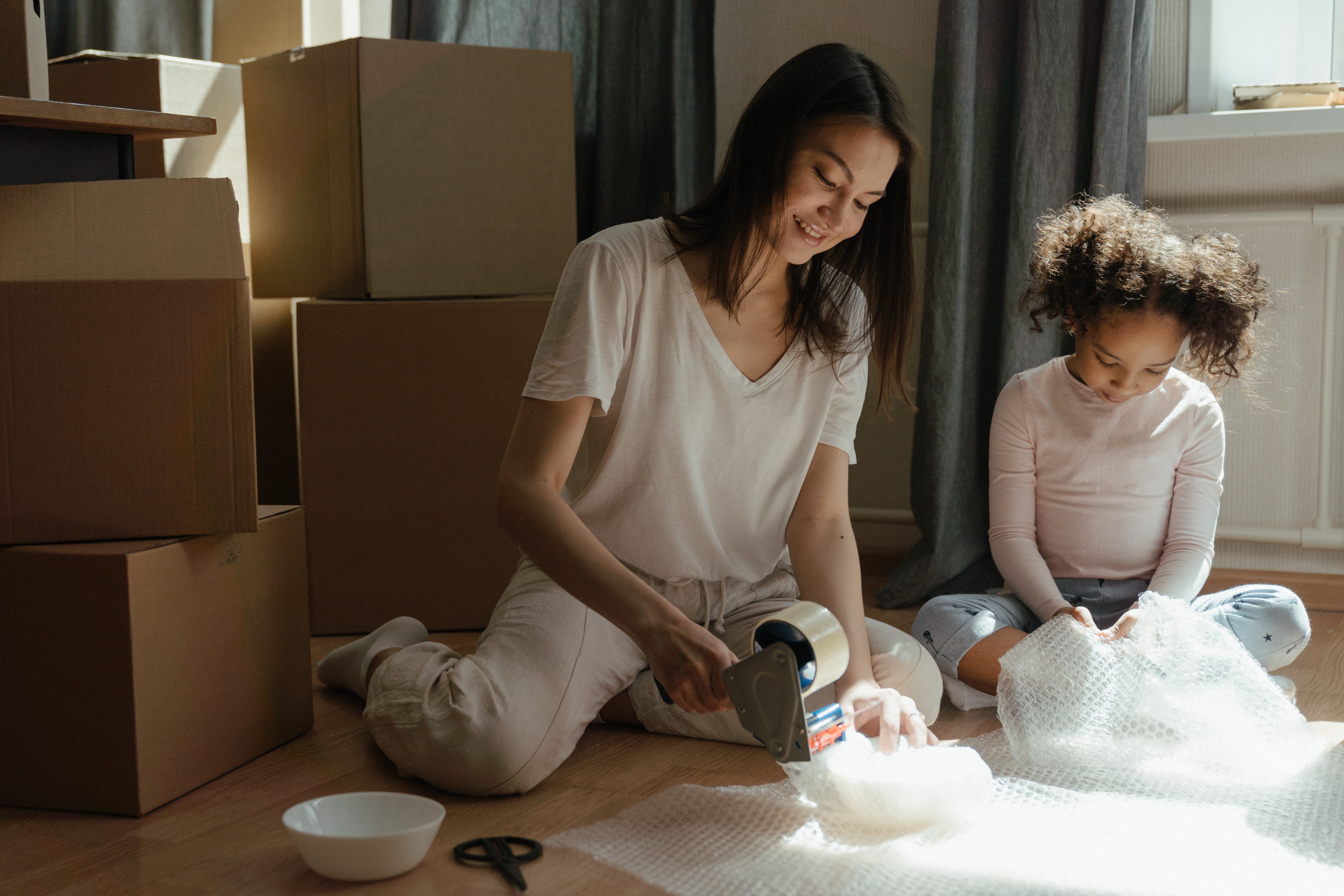Tips for packing fragile items

The joy of moving into a new house will be diluted slightly if cherished possessions don’t survive the journey to your new home. From items left behind to objects broken in transit, clear and present dangers are involved in surrendering your life’s belongings to a team of removal men – let alone a hired van and your own efforts at relocation.
Fragile or awkwardly-shaped items are especially susceptible to being damaged or destroyed in a move. Fortunately, there are ways to ensure even delicate objects can be (carefully) unwrapped at your new home in their original condition…
Pictures and mirrors
Framed objects like paintings, certificates and mirrors might seem safe from harm, but plenty of damage could occur in transit – dented corners, broken glass or chipped edges. Surround them in bubble wrap with extra padding at each corner, using anything from extra bubble wrap to wads of kitchen roll. Same-sized frames can be stacked and wrapped together with glass facing inwards for added protection, reducing the amount of packaging required.
Vases
Pack vases with balls of newspaper or rolled-up fabrics, to reduce any risk of caving in if pressure is applied. Encase them in absorbent materials like honeycomb WrapPak before wedging them in a cardboard box to prevent free movement. If they’re not secured in place, add towels (which you’ll be packing anyway) around each vase to ensure it can’t move. Write Fragile on all six sides of the box, and wrap tape right around the box in an unbroken strip.
Ornaments
Don’t be tempted to transport ornaments independently. Follow the same steps outlined for vases – swaddle them in protective packaging before wedging them inside a box. If an ornament is solid (like a metal statue), surround it with lighter objects to ensure the box isn’t too heavy to lift. Once ornaments are wrapped and inside a box, prevent them from rolling around by filling space with anything from polystyrene packing chips to spare tea towels.
Furniture
Sharp corners could destroy a fragile object if it collided in transit, while sharp edges are themselves prone to damage. Foam/rubber edge protectors soften the impact of corner-related collisions, while a cheaper solution involves cutting up an egg carton and putting a moulding over each corner; tape coverings in place, or swaddle them with bubble wrap. Turn drawer handles inside out, so they’re safely accounted for but can’t get chipped/broken off.
Lamps
Table and floor lamps feature an unfortunate combination of attributes – they’re large, top-heavy and fragile. Take out bulbs to stop glass shattering in transit, and remove lampshades which are prone to getting ripped. Pack delicate elements in a suitably sized box, before encasing the lamp’s vertical stem with bubble wrap. Ensure pull-cords are similarly protected, since the lamp will be inoperable if they snap off or end up disconnected.
Computers
Desktop computers usually lack the impact-resistant cases and robust solid state hard drives of laptops and tablets. Take tower PCs in a car, rather than sliding around inside a removal van. Secure them in place with a seatbelt, or wedge them in a footwell the right way up. Transporting a hard disc drive upside down might damage its delicate read/write spindle, and it could lead to other fragile components falling out of their slots on the motherboard.
Back to Latest Posts




